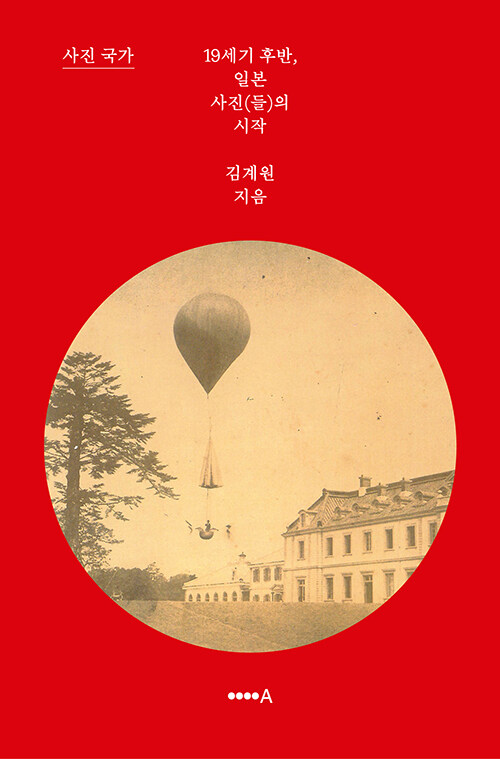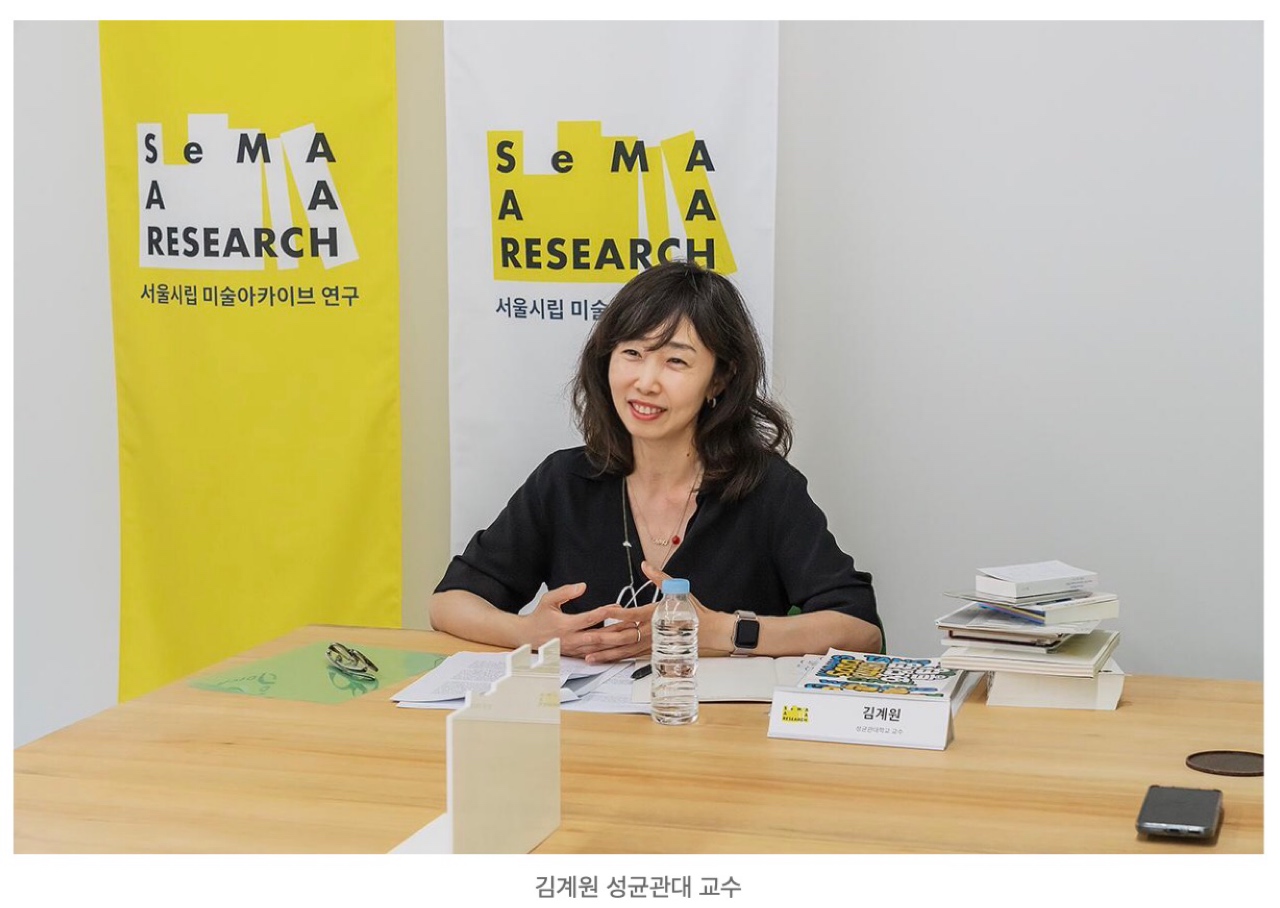Professor Gyewon Kim from the School of Fine Arts Publishes Research Book on Japanese Photography
Titled: "Photography Nation: The Beginning of Late 19th Century Japanese Photograph(s)"
-The first domestic publication on the research of Japanese photography
-Delving into the power of shared photography from the early days of modernity

Professor Gyewon Kim from the School of Fine Arts has published the first domestic research book on Japanese photography titled "Photography Nation: The Beginning of Late 19th Century Japanese Photography" (Reality Culture A).
From optical technology to chemistry and materials, a country that was not only a camera powerhouse but also carried heavy cameras on ships, traveled throughout Joseon, took photographs, conducted investigations, and engaged in publishing, exhibitions, and archiving. Japan, known as the "Photography Nation," performed an impossible project in the language of the century, called the "Civilized Country," or the language of today, without being an empire. "Photography Nation" examines the political significance of 19th-century documentary photography, focusing on the point when the connection or collaboration between photography and the nation began in the late 19th century.
During the late days of the shogunate and the Meiji era, Japan sought to thoroughly understand the power of photography and its potential for civilizational use. According to author, Professor Gyewon Kim, this resulted in the establishment of a system of modern record-keeping, information dissemination, and visualization through photography. In fact, the formidable power of this system can be seen even in colonial Joseon. When faced with the archives of imperial Japan, which encompass almost everything related to colonial Joseon, including archaeological, folklore, and anthropological survey photographs, as well as resources such as plants and fish, one is simultaneously struck by its meticulousness and amazed by its vast scale. The author suggests that the origins of colonial archive photography can be traced back to these documentary photographs from the early Meiji period.
So why did Japan desperately need photography at the beginning of modernity? According to author Professor Gyewon Kim, to answer this question, one must go beyond the typical history of photography that focuses on the individual expressive abilities of photographers.
Therefore, "Photography Nation" meticulously traces various languages, discourses, and technologies related to photography that emerged as early as the late 19th century. It examines the efforts of various actors to acquire photography-related knowledge and skills, the pivotal role played by bureaucrats and the numerous catalysts they created, as well as the active promotion of the relationship between photography and the nation by civilians in the 1930s. In the project of civilization modernization and the expansion of the empire, it is inevitable that "Photography Nation" was a product involving commercial photographers, intellectuals, bureaucrats, the state, and local residents.
"Photography Nation" faithfully describes the stories embedded in the diverse uses of photography, focusing on the catalysts for the public socialization of photography. For readers who want to understand the starting point of Japanese photography and even Korean photography, "Photography Nation" provides astonishingly rich historical information and visual images.

